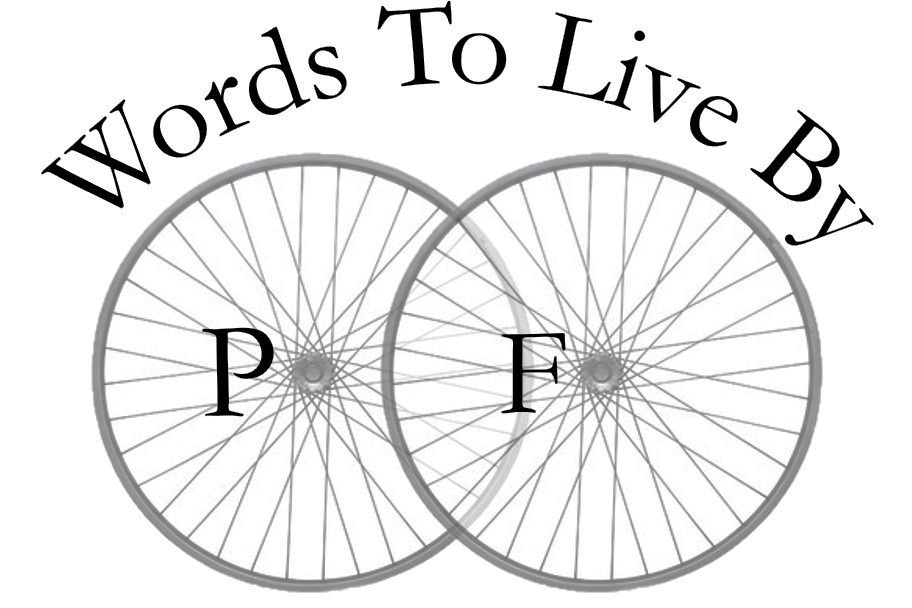Best-laid plans
The adventure is in the doing.
There’s still a lot to be said for the planning and the anticipating.
It’s 302 miles along the Trace (for the most part) from Natchez to Tupelo, with a cumulative elevation gain of 11,290. Natchez is at an elevation of 215 feet above sea level. Tupelo tops out at 274 feet. The route’s high point is 604 feet, in the vicinity of French Camp, a place name recognized for more than 200 years after Louis Le Flour, a Frenchman, established a way station there in 1810. (I rely on my mapping/tracking software here and I have some reason to believe it may not be accurate. However, it’s certainly better to expect hillier than what you find in reality than the opposite, so I’m sticking with my expectation of a ride with some meaningful climbs.)
In 1798, the Spanish garrisoned at Natchez skedaddled after Spain ceded the region to the young United States in the Treaty of San Lorenzo. It only took them three years to get out before its holdings east of the Mississippi and north of the 31st parallel about 40 miles south of Natchez devolved to the nascent United States.
We’ll face daily rides of 52, 60, 64, 73, and 43 miles, if all goes as planned. (Insert dark laughter at the expense of this hubris.)
The topography offers rollers in gentle undulations for the most part. The Trace – trod into being through trackless wilderness by animals and people down the millennia largely keeps to the ridgeline, high above the sodden marsh, swamp, river, and slough of low places – in Mississippi is hardly a run up Alpe d’Huiz.
There’s that.
Still…
Avery and I will pedal more miles and one day longer than last year’s Old Spanish Trail tour to Pensacola. I’m not so silly as to camp – we’ll be in beds with pillows and rooms with hot showers each night – but we will haul all our own kit and have no means to get around each day’s destination other than by our own power (though a rideshare for hire is contemplated to get to the ballpark in Jackson).
It will take us five days of pedaling to reach Tupelo, with a short 8-mile intracity ride on Day 3 not counting.
The maps are out, the lists are drawn, the tandem is coming together. It’s this part I enjoy in equal measure to the adventure itself. Planning, in some detail, eating and lodging availability along with routes and side jaunts, is the stuff of excited anticipation at the moment. There will be a big return on investment later on for this time spent now.
First, if I build an itinerary, route, schedule and map in a way to account for eating and sleeping – if I know where we’re going and what we’re going to eat en route and when we get there, or identify sufficient options – I can focus on the ride and be in a much better position when things go wrong.
There is a thrill to riding a bicycle over a route never traveled before. Even with all the sophisticated, detailed, and dynamic tools available today, I still prefer the county highway map, with its township grids, idiosyncratic symbols, and distance-between-the-arrows methodology. That’s still how a route shows itself in my head even when supplemented by satellite-borne, web-based elevation change profiles. For all that, it’s still a discovery around every curve, a mystery over every rise, a revelation with each revolution. Thorough preparation frees my mind to focus on and appreciate the awe of the new within every single moment along a route I’ve never ridden before.
The only thing for it is to pedal on.


